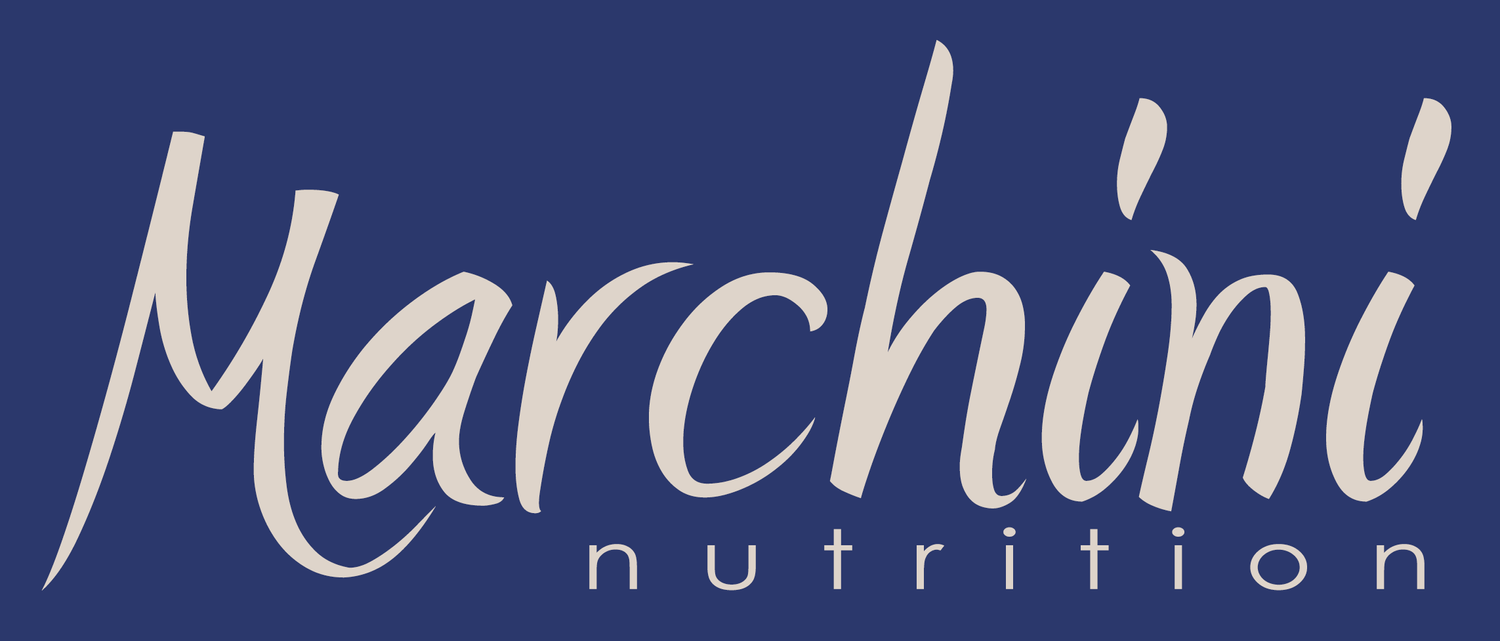Blog 1 by Nina Mills on food groups and serve sizes - proteins and dairy
We’re very fortunate to have one of our contributors to the Be Well Gluten Free Facebook group, who is very close to becoming a qualified APD, to cover the next couple of blogs for us. Thanks Nina Mills for your guidance on these sometimes tricky issues! And over to Nina:
Sally introduced the Australian Dietary Guidelines in her earlier post How to follow the Australian Dietary Guidelines Gluten Free and discussed in detail how to make gluten free choices from the Grains group. I am picking up where she left off to discuss one of the other topics requested on the Be Well Gluten Free Facebook page. And that was: what are the food groups and what is a healthy amount of each to eat?
In these posts we will be focussing on what is recommended for an adult in each of the food groups. Healthy eating guidelines for children and pregnancy are available on the Eat For Health website.
So, given that the grains group has been covered, over the next couple of blog posts let’s take a look at the other four food groups and what the best options are if we are aiming to be well, gluten free. Let’s kick things off with the food groups previously known as ‘meat’ and ‘dairy’.
Lean meat and poultry, fish, eggs, tofu, nuts and seeds and legumes/beans
As the name suggests, this food group covers a lot! It might be easier to look at what this food group covers by breaking it down into these six categories:
Lean meats – Beef, lamb, veal, pork, kangaroo, lean (lower salt) sausages
Poultry – Chicken, turkey, duck, emu, goose, bush birds
Fish and seafood – Fish, prawns, crab, lobster, mussels, oysters, scallops, clams
Eggs – Chicken eggs, duck eggs
Nuts and seeds – Almonds, pine nuts, walnut, macadamia, hazelnut, cashew, peanut, nut spreads, pumpkin seeds, sesame seeds, sunflower seeds, brazil nuts
Legumes/beans – All beans, lentils, chickpeas, split peas, tofu.
Choosing leaner cuts of meat is best for your heart health and is more likely to be gluten free if cooked without crumbs or batter.
Also check the ingredients on marinades and stir fry sauces, as these are common products with ‘hidden’ gluten.
Steaming, poaching, grilling, baking or barbequing are tasty and healthy ways to enjoy food from this group.
This is one food group that most Australians find easy to meet. A serve of cooked lean red meat is just 65g (90-100g raw) or the size of your palm which explains why this is the case. This IS therefore, a food group to be mindful of if you are watching your weight.
How big is a serve?
How many serves should I be eating?
Milk, yoghurt, cheese and/or their alternatives
This is a food group most of us could do with eating more of, with most Australians only eating half the recommended number of serves each day. Many of the foods in this group are a great source of protein, are generally low-GI and are a good source of vitamin B12, vitamin A, vitamin D, iodine, riboflavin, and zinc. When choosing foods from this group, look for those that are fat reduced. Full fat foods from this food group contribute to the consumption of excess energy and saturated fat; both of which are not great for our health in the long term. It is also a good idea to check the ingredients on products like yoghurt, as some yogurts are known to contain gluten.
For vegetarians or those who do not consume milk, yoghurt or cheese, there are alternative sources of calcium available which are shown in the image below. It is important to note that the calcium content varies between foods and that our bodies have a little more trouble absorbing the calcium from these alternative sources than they do from animal sources, so you may like to chat with an Accredited Practising Dietitian to make sure you are getting the calcium you need (1000-1300mg of calcium per day or between 2.5-4 serves).
For those with lactose intolerance, you need not avoid this food group! Did you know:
hard cheeses like cheddar and parmesan are practically lactose free
lactose free yoghurt (and other products from this food group) are readily available in supermarkets
pharmacies sell lactase tablets which can be taken before eating foods containing lactose to help digest them without causing tummy problems
small amounts of milk taken with other foods may be tolerated
Again, an Accredited Practising Dietitian can work with you to find which foods, in which amounts do not upset your stomach while still getting calcium and other nutrients you need.
Some simple ways to include more of these foods in your diet include:
A tub of yoghurt for a snack (a 200g tub has about 300mg calcium)
Adding cheese to salads or sandwiches (2 slices, or 40g contains about 300g calcium)
Sprinkle sesame seeds over your stir-fry just before serving (30g contains 19mg calcium)
Snack on almonds (20 almonds make up a 30g serve containing about 60mg calcium)
Replace the meat in some of your meals with tofu or tempeh (100g of firm tofu contains about 320mg calcium)
How big is a serve?
How many serves should I be having?
Phew! That is a lot of information! Stay tuned for the next post in this series where we will cover off the final two food groups: fruit and vegetables and legumes/beans.
Nina
Nina Mills is a university qualified nutritionist, health writer and most importantly, a lover of good food! She aims to help people develop healthy relationships with food without the need for diets, restrictions or kilojoule counting. You can connect with her on her blog , twitter , Facebook , Instagram or Pinterest .





